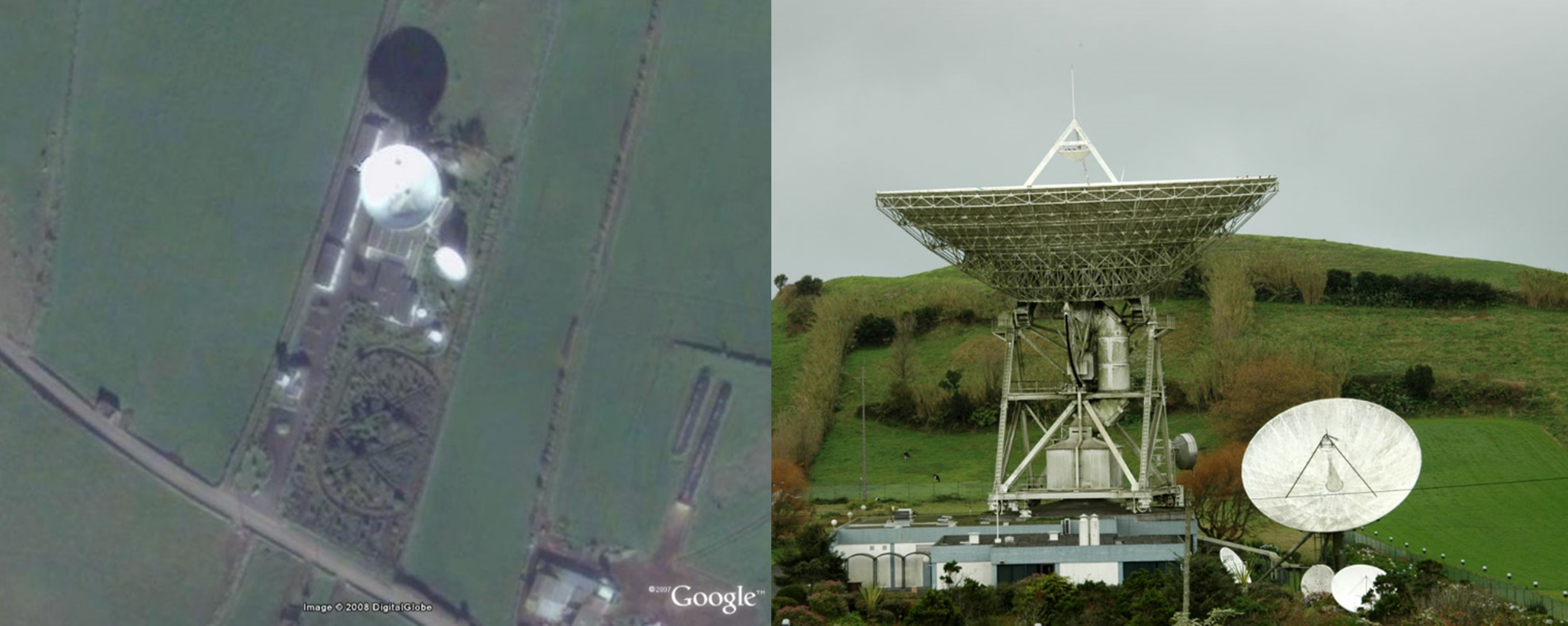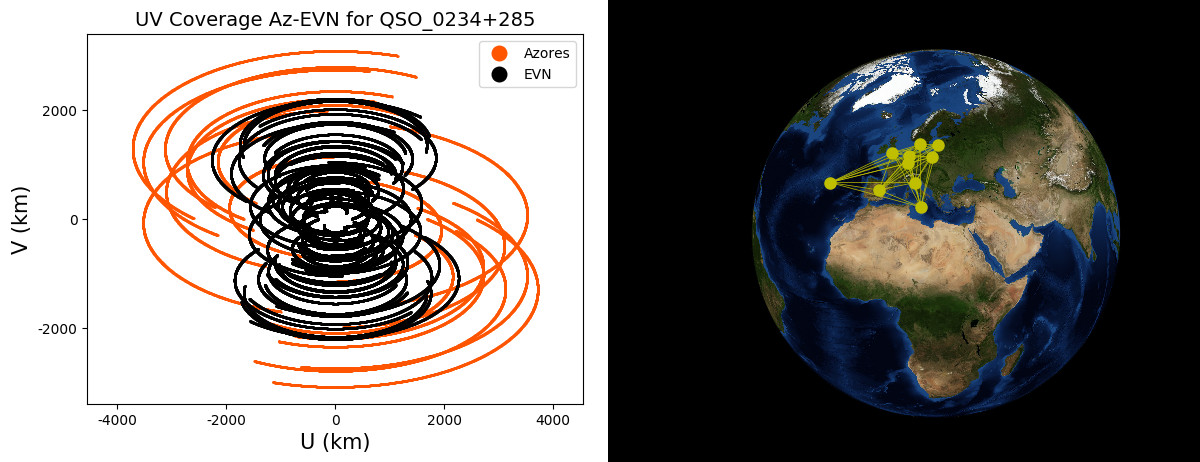
Radio astronomy and Space science in Azores: Enhancing the Atlantic VLBI infrastructure cluster
by Domingos Barbosa (Instituto de Telecomunicações, Portugal), Bruno Coelho (Instituto de Telecomunicações, Portugal) and Miguel Bergano (Instituto de Telecomunicações, Portugal)

Radio astronomy and Space Infrastructures in the Azores region (Portugal) do present a great scientific and industrial interest because they benefit from a unique geographical location in the middle of the North Atlantic allowing a vast improvement in the sky coverage. This fact obviously has a very high added value for: i) the establishment of space tracking and communications networks for the emergent global small satellite fleets ii) it is invaluable to connect the radio astronomy infrastructure networks in Africa, Europe and America continents using Very Large Baseline Interferometry (VLBI) techniques, iii) it allows excellent potential for monitoring space debris and Near Earth Objects (NEOs). There is in S. Miguel island a 32-metre SATCOM antenna for upgrade that could be integrated in advanced VLBI networks and be capable of additional Deep Space Network ground support. The upgrade of this SATCOM antenna would enable a Deep Space Network mode and would constitute a key space facility for data production, promoting local digital infrastructure investments and the testing of cutting-edge information technologies. Its Atlantic location also enables improvements in angular resolution, provides many baselines in East–West and North–South directions connecting the emergent VLBI stations in America to Europe and Africa VLBI arrays therefore contributing for greater array imaging capabilities especially for sources or well-studied fields close to or below the celestial equator, down to -52º in latitude where joint research programs or follow up of Key Science Programs or legacy programs from ESO, including ALMA and VISTA, SKA and other facilities targeting transient phenomena in the Universe like Auger, HESS and CTA.
Radio astronomy and space sciences are domain areas that can benefit from the unique location of Azores, and projects considering the installation of new stations in St. Maria or Flores islands or the update and retrofit of a large space communications (SATCOM) dish in S. Miguel, have been proposed. One of the projects that has already began is the deployment and operation of a 13.2 metre radio telescope with VLBI capabilities of the Rede Atlântica de Estacões Geo-Espaciais (RAEGE, or Atlantic Network of Geo-Spatial Stations). This telescope is deployed at St. Maria island (Azores Western group), a project led by the National Geographical Institute of Spain (IGN-Spain) and the Government of the Autonomous Region of Azores (Haas and Colomer, 2015).
It is well known the angular resolution of an interferometer is determined by the longest antenna will have baselines of about 1900 km to the nearest VLBI stations (Robledo and Yebes, in Spain), ~ 6,000 km to Mexico and spanning up to 11,000 km towards the VLBI stations in South Africa or Eastern Asia (China and Republic of Korea). As an example, for observations carried at 5 GHz (6 cm wavelength), the addition of the Azores station to the EVN (Europe; see Figure 2) would improve typical angular resolution from 2.1 miliarcseconds (mas) to ~1.6 mas and if we add it to the longest continental baseline EVN (with Asia), the angular resolution would improve from 1.54 mas to ~1.28 mas.
Figure 2 demonstrates the improvements in the UV coverage with the contribution of the Earth Station’s 32-metre antenna in São Miguel (Azores). The figure also illustrates a representation of the corresponding baselines and some EVN stations. The simulated UV-plane coverages correspond to an Earth rotation period (24 h), considering all the stations that observe the source QSO 0234 + 285 with elevation >15º at 5 GHz (C-band).

Published in: Barbosa et al. 2021, Advances in Space Research (doi:10.1016/j.asr.2021.05.023).